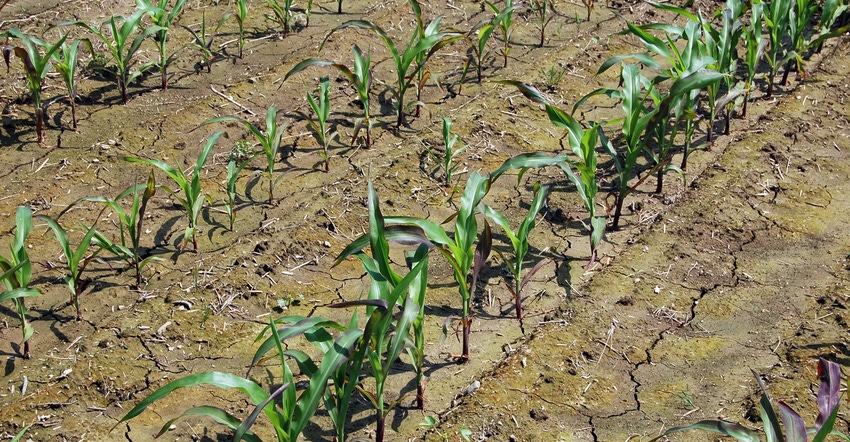
Spring tillage can bring along hidden issues and unintended consequences. That's one of the messages Don Donovan tries to convey when working with farmers.
Donovan is a district conservationist with the Natural Resources Conservation Service. He is one of the professionals who regularly contributes information for articles about maintaining and improving soil health.
Spring is coming, and the planting season will be here soon, Donovan says. As you plan your 2017 planting season, does it include spring tillage of some form? Is your spring tillage plan set in stone, or will is it subject to change depending on weather? Do you plan to no-till, but may run over fields with a vertical-tillage tool to dry them out if we have a wet spring? These are questions you should be asking now, Donovan believes.
Tillage impact
However innocent a light tillage pass may seem, you have to live with the long-term consequences it may have on your soil health, Donovan explains. He says on many Indiana soils, the greatest likelihood for causing soil compaction occurs a couple of days before the soil is truly dry enough to plant.
If you run a tillage tool over the soil to "dry it out," you may be doing so at a time when you risk causing a layer of soil compaction that you’ll have to live with the rest of the growing season. Depending on the tool, and the speed and depth at which you run, you risk causing as much soil compaction as a disk would cause, he observes.
How much soil compaction can a disk create? If you have ever watched a new road being built, you know a disk is used to prepare and compact the soil, Donovan says.
How about soil crusting? Is it one of your concerns after a spring rain, especially if you just planted, and you got a heavy rain before your crop emerged?
Crusting is directly related to tillage, Donovan says. It generally doesn’t occur in untilled soils. When a rain event occurs, the soil particles are dislodged on the soil surface, and they fill pore spaces. Soil health experts call this "the first stage of erosion." If the weather turns hot and dry, crusting will occur due to the breakdown of soil structure on the surface.
Think ‘soil health’
Donovan says farmers using soil health management systems that include no-till and cover crops are finding they can reduce soil compaction and surface crusting. Since the soil is not tilled, its structure and aggregation remains intact, and crusting doesn�’t occur after large rain events.
That same soil structure and aggregation provides better infiltration. As long as the system is mature, you will find your soil is more resilient and less likely to compact, Donovan adds.
Successful no-till and cover crop systems require a heavy dose of patience, Donovan emphasizes. Do your research, talk to successful no-till and cover crop farmers, and resist the temptation to use unnecessary spring tillage, he advises.
About the Author(s)
You May Also Like




